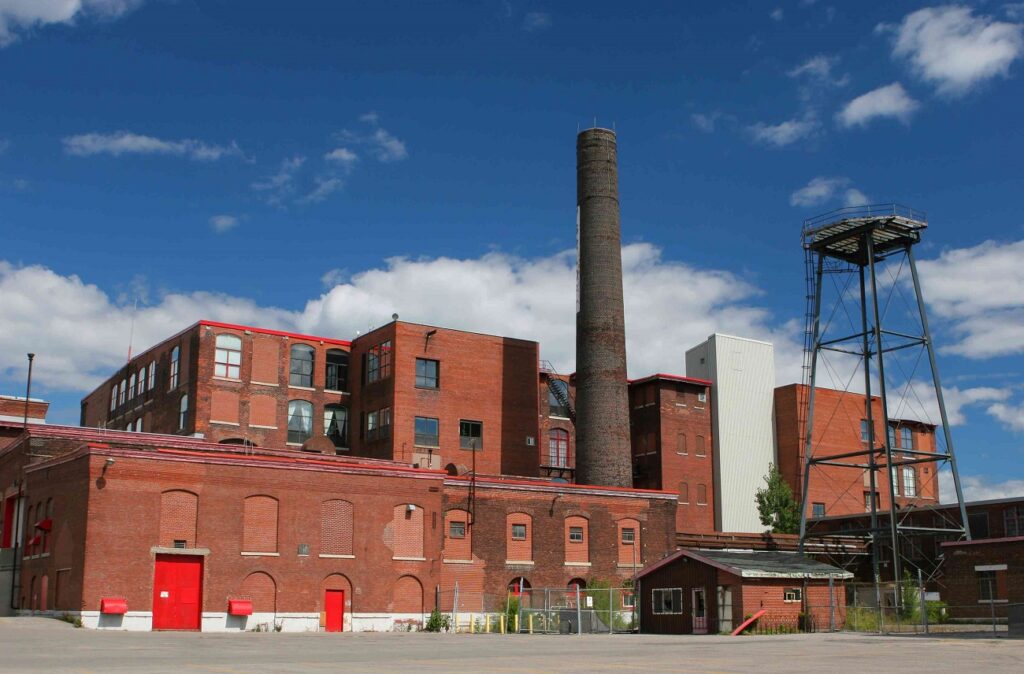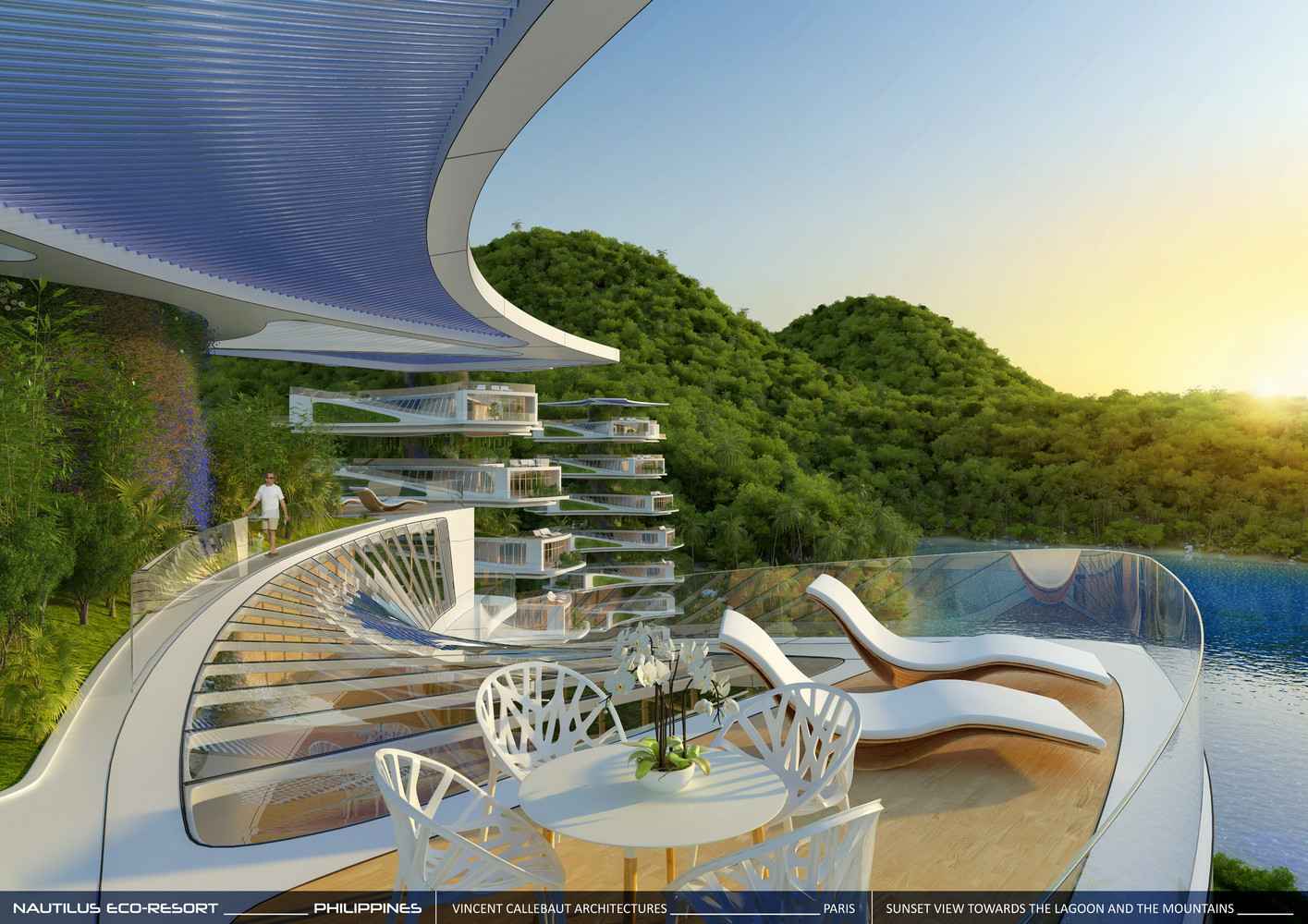British industrial architecture has changed dramatically in recent years. The industrial building landscape in the UK has changed substantially, moving from outdated factories and warehouses to cutting-edge, environmentally friendly constructions. Here we take a look at the central needs, design trends, and sustainability initiatives that have influenced the development of British industrial architecture.
The Industrial Revolution is the origin of the long history of British industrial architecture. The needs and expectations of many sectors have evolved over time, which has caused a change in architectural styles and design strategies. The emphasis today is on sustainable and adaptable solutions that not only satisfy the functional needs of industries but also help to protect the environment.
The Industrial Revolution and Early Industrial Architecture
The Industrial Revolution, which took place in the late 18th and early 19th centuries, brought about significant advancements in manufacturing and production. As industries flourished, purpose-built factories and warehouses were constructed across Britain. These buildings featured large open spaces, sturdy materials like brick and iron, sheet metal fabrications and utilitarian designs that prioritized functionality over aesthetics.
The Transition to Modern Industrial Architecture
In the post-World War II era, British industrial architecture experienced a shift towards more modern and efficient designs. The emergence of new construction techniques, such as precast concrete and steel frames, allowed for the construction of larger and more flexible industrial spaces. These buildings embraced clean lines, open floor plans, and a balance between natural and artificial lighting.
Emphasis is frequently placed on simple shapes, wide open spaces, and modern industrial architecture. It embraces the idea of “less is more” by employing straightforward geometric shapes and staying away from too ornate design. Large windows and open floor layouts are typically used in the design to maximise natural light and give the impression of space.
The exposure of structural components is one of the main characteristics of modern industrial architecture. Beams, columns and mechanical systems are purposefully left exposed rather than covered up to highlight the building’s construction materials and techniques. This highlights the building’s utility while simultaneously generating an honest and genuine aesthetic.
Overall, Modern Industrial Architecture in 2023 embraces the marriage of industrial aesthetics with contemporary design principles. It showcases the beauty of raw materials, celebrates functionality, and creates spaces that are visually striking, efficient, and adaptable to the needs of the modern world.
Sustainable Design in British Industrial Buildings
In the wake of mounting apprehensions regarding climate change and its impact on the environment, sustainability has emerged as a pivotal element in the realm of modern industrial architecture within the UK. Today, architectural endeavours place utmost importance on energy efficiency, waste reduction, and the utilization of renewable materials. Embracing innovative practices, industrial buildings now integrate notable features such as green roofs, solar panels, rainwater harvesting systems, and natural ventilation. These elements work harmoniously to curtail the ecological footprint associated with these structures.
Marrying the Past with Modern Work, Leisure and Living Spaces
In the past few years, there has been an emerging movement towards repurposing old industrial buildings, such as warehouses in docklands, unused factories, and mills, to create modern work and living spaces. This trend involves taking these existing structures and transforming them into new functional spaces that meet the needs of the present while preserving their historical value. By repurposing these buildings, not only is their historical significance maintained, but they also contribute to the unique character of the urban landscape.
Rather than demolishing these abandoned factories and warehouses, which would result in the loss of their architectural and historical heritage, they are now being revitalized and repurposed to serve new purposes. The transformation of these spaces has brought about a renewed sense of vibrancy and vitality to once-neglected areas. What were once abandoned and decaying structures have now become hubs of activity, attracting businesses, artists, and residents.
Old factories have been converted into modern offices, providing unique and inspiring work environments. The spacious interiors and distinct architectural features of these industrial buildings offer a creative and innovative atmosphere for businesses and startups. The raw and industrial aesthetic of the structures often appeals to entrepreneurs and creative professionals who seek a non-traditional workspace.
Additionally, repurposed warehouses have been transformed into art galleries, offering a unique setting for showcasing artwork and hosting cultural events. The large open spaces, high ceilings, and abundance of natural light provide an ideal backdrop for exhibitions and installations. This merging of art and history creates a fascinating juxtaposition that enhances the overall artistic experience.
Moreover, repurposed industrial buildings have become attractive locations for restaurants, cafes, and bars. The exposed brick walls, metal beams, and original features give these establishments a distinctive and charming ambiance. Dining or socializing in these repurposed spaces offers a sense of nostalgia and connection to the industrial past while enjoying contemporary culinary experiences.
In some cases, these buildings have even been converted into residential complexes, providing unique living spaces with an industrial twist. The adaptive reuse of these structures creates a fusion of history and modernity, resulting in living spaces that are both aesthetically appealing and functional. Residents have the opportunity to live in a piece of history while enjoying the conveniences and comforts of modern living.
Overall, the repurposing of old industrial buildings has had a transformative effect on urban areas. It has breathed new life into neglected neighborhoods, reinvigorated local economies, and created dynamic spaces that blend the old with the new. This trend showcases the potential of adaptive reuse in preserving architectural heritage, fostering creativity, and shaping the urban landscape into a more vibrant and diverse environment.
Influential Architects and Architectural Styles
Several architects and architectural styles have played a significant role in shaping British industrial architecture. From the iconic designs of Sir Giles Gilbert Scott, responsible for structures like Battersea Power Station, to the functionalist principles of the Bauhaus movement, which influenced post-war industrial designs, these architectural influences have left an indelible mark on the country’s industrial landscape.
British industrial architecture has been profoundly influenced by a multitude of architects and architectural styles throughout history. One of the most prominent figures in this regard is Sir Giles Gilbert Scott, whose iconic designs have left an enduring impact on the country’s industrial landscape. Scott’s notable contributions include the creation of remarkable structures such as Battersea Power Station, which have become synonymous with British industrial prowess. These architectural marvels showcase Scott’s ability to blend aesthetic appeal with functional requirements, making them both visually striking and practical for industrial purposes.
In addition to Scott’s contributions, the functionalist principles of the Bauhaus movement have played a significant role in shaping post-war industrial designs in Britain. The Bauhaus, a renowned German art school, advocated for the integration of art, craftsmanship, and technology. This philosophy resonated with architects and designers in Britain, who sought to embrace the efficiency and simplicity of industrial production while still incorporating elements of artistic expression. The influence of the Bauhaus movement can be seen in the clean lines, minimalist forms, and emphasis on functionality that characterize many British industrial structures built in the post-war era.
These architectural influences have collectively left an indelible mark on the British industrial landscape. They have not only shaped the physical structures that dot the country’s cities and towns but also influenced the mindset and approach of architects and designers working in the industrial sector. The fusion of aesthetics and functionality, as exemplified by figures like Sir Giles Gilbert Scott and the Bauhaus movement, continues to be a defining characteristic of British industrial architecture, reflecting the country’s rich history and ongoing commitment to innovative design.
Future Outlook of British Industrial Architecture
As we look ahead, the future of British industrial architecture appears promising. The emphasis on sustainability, adaptive reuse, and technological integration is expected to continue shaping the industry. The use of cutting-edge materials, innovative construction techniques, and the incorporation of renewable energy sources will further enhance the efficiency and eco-friendliness of industrial buildings in the UK.
Conclusion
The changing face of British industrial architecture reflects the evolving needs and aspirations of the industrial sector. From the traditional structures of the Industrial Revolution to the modern, sustainable designs of today, the industry has come a long way. By embracing sustainable practices, repurposing old buildings, and integrating technology, British industrial architecture is poised to meet the challenges of the future while preserving its rich heritage.







Leave a Comment
You must be logged in to post a comment.